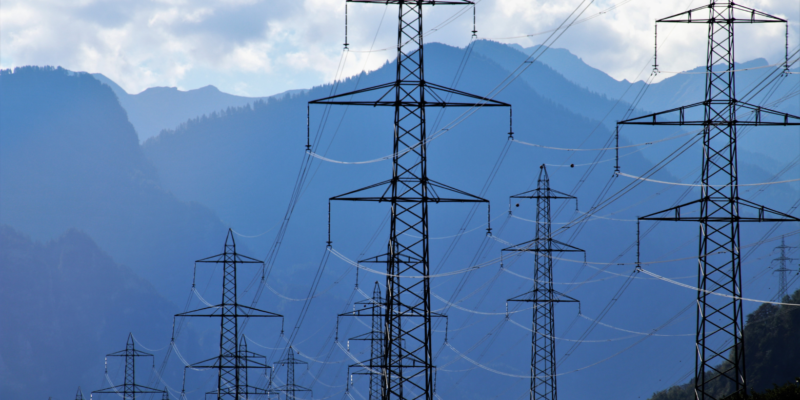Electric Vehicles
While electric cars have been readily available in the US for the last decade, sales had remained fairly low until the first three months of 2022 when they shot up 60% (despite the vehicle market being down 18%). Skyrocketing gas prices, concern surrounding the environmental impact of carbon emissions, and the improved design of new models have the American public turning to electric cars, trucks, and even semi-trailer trucks.
The Electric Bobcat
What about heavy equipment? Although some all-electric machines have been on the commercial market for the last few years, companies have shied away from integrating EV technologies into heavy equipment for fear they didn’t have enough power or wouldn’t hold a charge long enough to do the necessary work.
However, many in the construction world are pushing for cleaner machinery to lessen their carbon footprint. Equipment giant Bobcat just announced the release of the first all electric compact truck loader and an electric compact excavator.
Their unique compact truck loader, the Bobcat T7X, will start shipping in 2023. The T7X has completely eliminated all hydraulic components. Instead, it relies on an electric drive system with electric cylinders and drive motors. The first of Bobcat’s electric excavators, the Bobcat E32e, began shipping in August and is already receiving rave reviews.
Market Forecast
While electric equipment still has higher up front costs, the rising costs of diesel is making the cost of smaller EV equipment, like mini excavators, more favorable. In fact, a recent report from IDTechEX has forecasted the global market for electric construction equipment to grow to $105 billion in the next 20 years, a steep rise from the current market, where there are only about 2,000 all electric machines being sold annually.
Battery Life & Pricing
We are still several years away from larger EV equipment being easily accessible for companies without substantial financial backing. This is mostly due to concerns surrounding battery life.
Just like when your cell phone loses battery life after too many charging cycles, many are questioning how long the charging capacity will last for current EV batteries for larger machines. If a battery needs to charge on the jobsite, that’s lost time, productivity, and revenue. Buying a second battery to swap out requires more funding upfront for these expensive units.
However, the high upfront costs are partially balanced by the fact that electric vehicles require far fewer parts and less maintenance than their diesel powered counterparts. That means there are fewer components that could break (ex: no fuel injectors or hoses to burst) and fewer parts that require regular maintenance (ex: filters, fluid levels), which will save companies money over time.
While the technology is exciting, only time will tell when the US will move towards all electric machinery on jobsites. However, one thing is for certain: you can always count on Steadfast Entities, LLC to have the quality equipment you need to get the job done. Contact us today!

